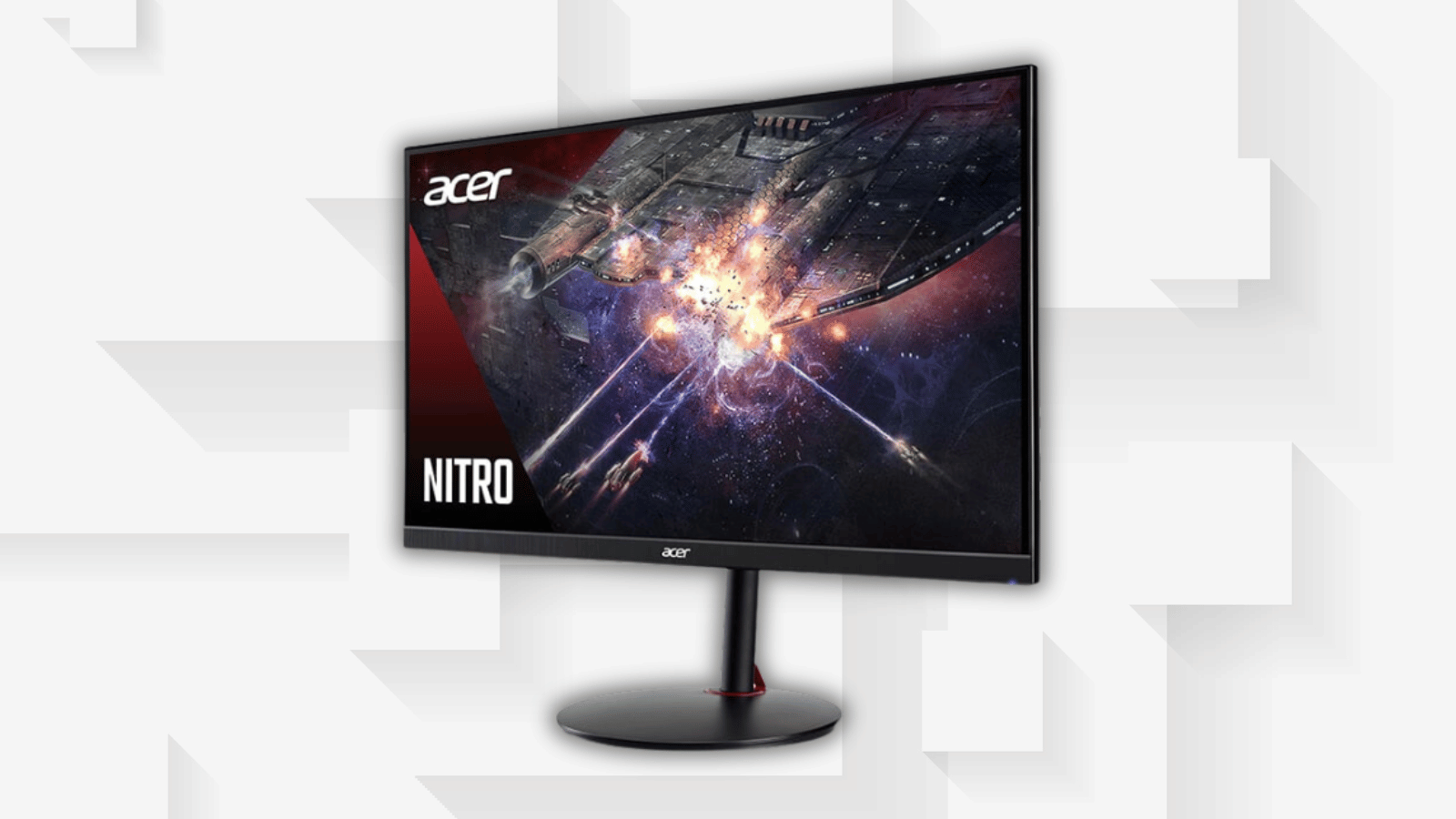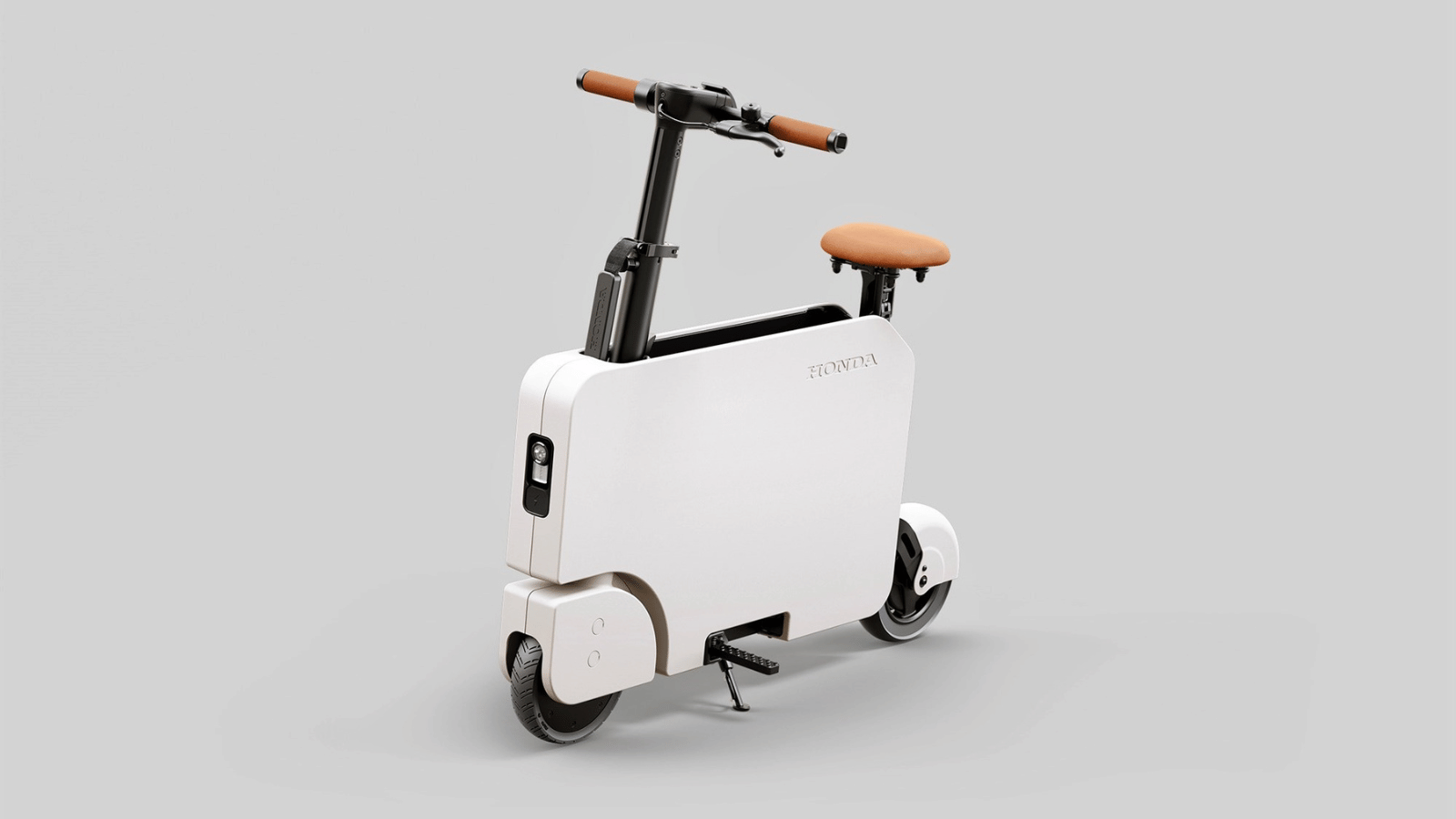Acer’s going 540Hz
Acer has unveiled a new gaming monitor, boasting an astonishingly high 540Hz refresh rate, that’ll make games like Rocket League a breeze, and leaves no room for excuses when coming second. There’s just one issue. The Acer Nitro XV242F as it’s known is only available in China – with no confirmation of a global release.
We’re not complaining. While other 540Hz monitors do exist and will be making their way to South Africa in the near future, they’re incredibly niche and can be rather pricey. Getting them to work at the advertised 540Hz is another matter altogether, though Intel’s recent announcement of a new Thunderbolt 5 standard will make the process a simpler one.
If the 540Hz spec didn’t make it obvious, this is meant for gamers. But not just any gamer, those that value speed above all else. If you need more convincing, the monitor uses a 24in TN Film panel, has a 1,920 x 1,080 resolution, and an advertised 1ms grey-to-grey response time. It also supports adaptive sync for variable refresh rates from AMD and Nvidia systems and boasts a 400 nits brightness, a 1000:1 contrast ratio, and a 10-bit colour depth.
It won’t come cheap – if it ever comes at all. According to TFTCentral, the unofficial listing on Chinese retailer Taobao is roughly $700 – around R13,300 with a direct conversion. Should Acer’s Nitro XV242F ever hit South African shores, we’re more likely to be paying closer to R20,000 to get in on the 540Hz hype. Those 144Hz displays don’t seem so bad now, huh?
X and ID verification
X, Elon Musk’s $44 billion plaything, now lets users verify their accounts using a government ID. The big idea is to limit impersonation which currently runs rampant thanks to the eccentric billionaire’s X Premium service, which allows users to pay for a blue tick. It’s also designed to “maintain the integrity of the platform.” Sure…
A government ID isn’t required to get the blue tick next to your name, though according to X’s new and improved verification policy, it might ask users to present an ID “when needed.” Yeah, we’ll see how that goes.
At the moment, there’s no real benefit to verifying your real identity on the platform, aside from X’s promised improvement of security and a tagline on a user’s account that lets the world know they are ID-verified. It’ll speed up the blue tick verification process if you can’t handle the usual 48-hour wait. It may come in handy down the line when Musk inevitably makes age-restricted content a thing, though the platform currently has no barriers for content in place. You know, besides this one.
AU10TIX is handling the verification system, with a pop-up window appearing (via TechCrunch) on the platform and informing users that the company may store all verification info – pictures and biometric data included – for up to 30 days.
The new service is currently available in “numerous countries,” though X didn’t specify which. It doesn’t appear to have gone live yet in South Africa, but that might change over the coming days.
Honda’s got a new suitcase-looking scooter on the streets
When it comes to scooters, Stuff prefers a more traditional approach in terms of design. That means two wheels, somewhere to stand and tall enough handlebars to steer the damn thing. Honda’s thrown all that out the window with the Motocompacto, a new-fangled scooter built for the modern-day.
When it isn’t busy being a scooter, it’s tucked up into a suitcase shape, making it easy to fit into the back of a car or carry around at your leisure. Kinda like most electric scooters out there now. The only difference is, Honda has included a leather handle to make carrying the thing around easier when it isn’t carrying you around, though the 18kg weight might put your ambitions of using it as a carry-on to nip around airports to rest.
It’s all-electric, obviously, and stuffed with a 490W motor that’s not going to get you anywhere particularly far, with a max range of 20km under its belt. You won’t get where you’re going that fast either, with a max speed of 24km/h. It’ll take three and a half hours to charge up the Motocompacto, which, compared to other scooters with similar specs is… a bit of a wait. Don’t judge it too harshly, though. Honda described it as a “fun-to-ride ‘first and last mile’ solution” with the odd design and alleged portability meant to be the focus.
Don’t get your hopes up for a global release. It’s confined to the US, with no plans for “other markets at this time,” according to Techradar. If you don’t mind the dollar-to-rand conversion and can foot the nearly $1,000 price (and the import fees), you can pick this one up in November.
Unity is making some changes (again)
It’s been nearly a week since Unity, the videogame software development company, shot itself in the foot after announcing what it calls a ‘Unity Runtime Fee’ that would see game developers using the engine pay the company every time their game was installed. It’s since suffered under X’s tyranny, with Garry Newman aptly describing the situation. Unity spent the week attempting to amend the programme and satisfy all parties, eventually changing targets from game developers to the publishes of its games, companies like Sony, Microsoft, and Nintendo.
That, obviously, was never going to work. Nintendo’s got some of the best lawyers in the biz defending the company’s interests. Sony and Microsoft aren’t slouching in that department either, making Unity’s attempt on their revenue streams a feeble one. It looks like Unity is finally coming to its senses, announcing earlier today that it would be “making changes” to the policy.
It didn’t say exactly what those would be, with no word on whether those changes involved deleting the programme entirely while pretending it was just a bad dream. All signs point to Unity keeping the Runtime Fee alive, confirming that it would be sharing an update over the coming days.








